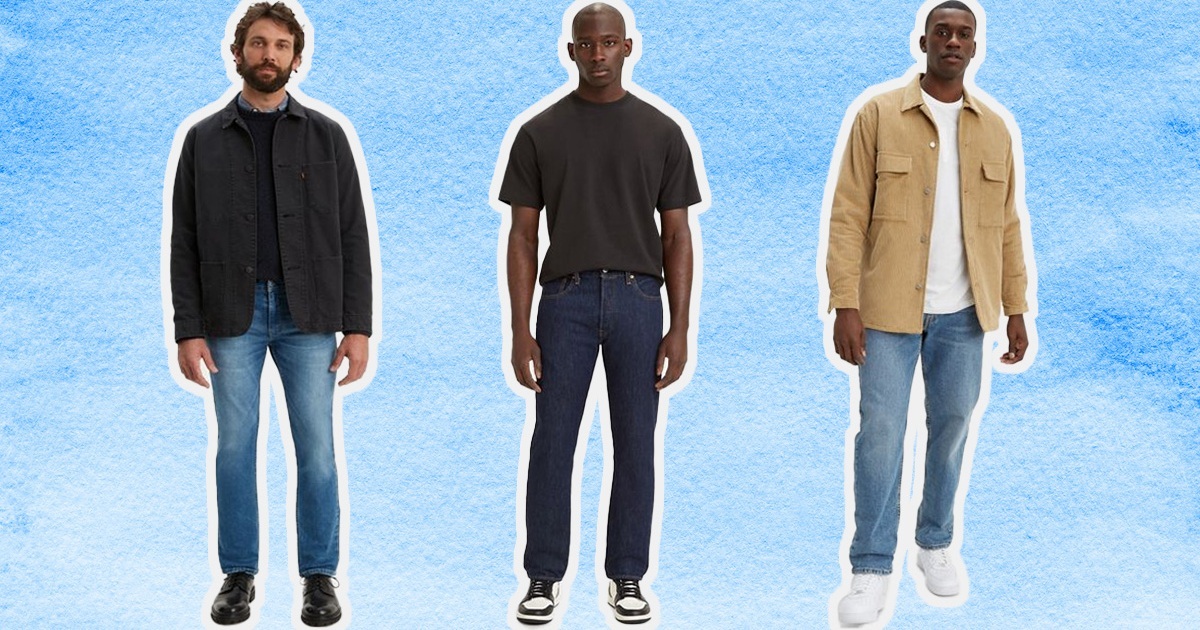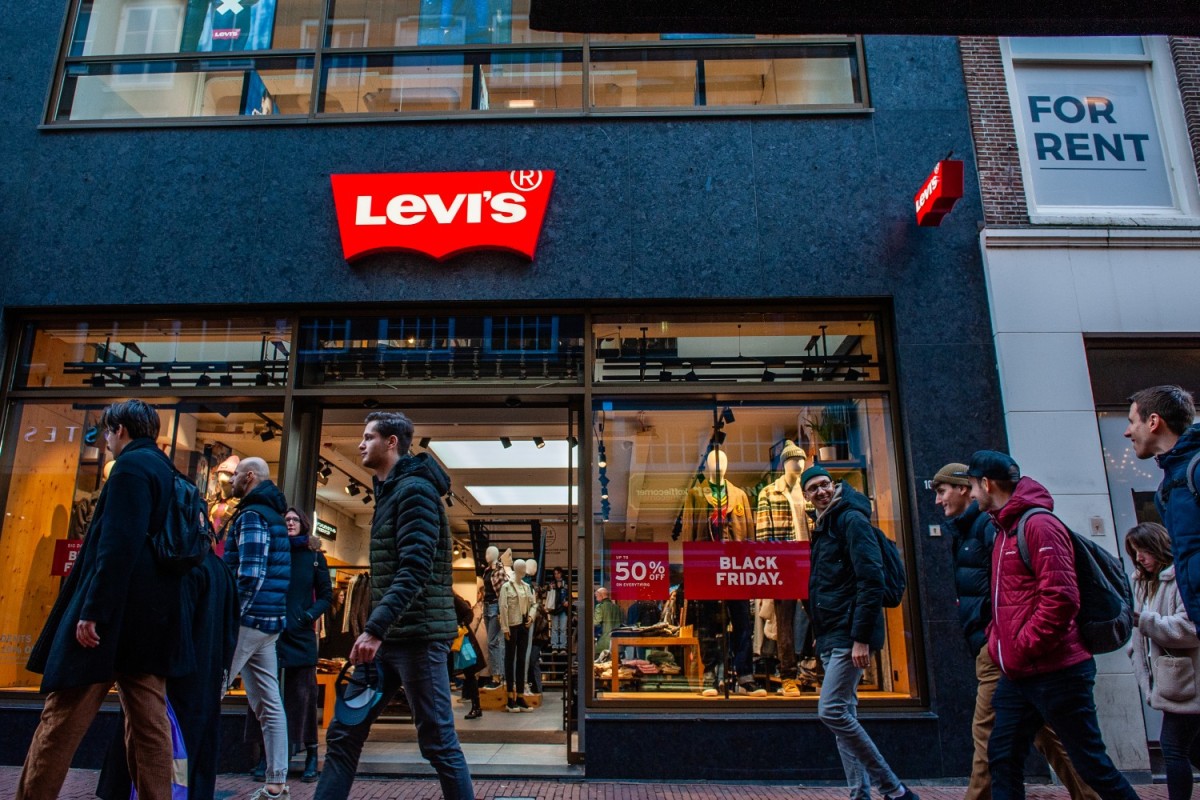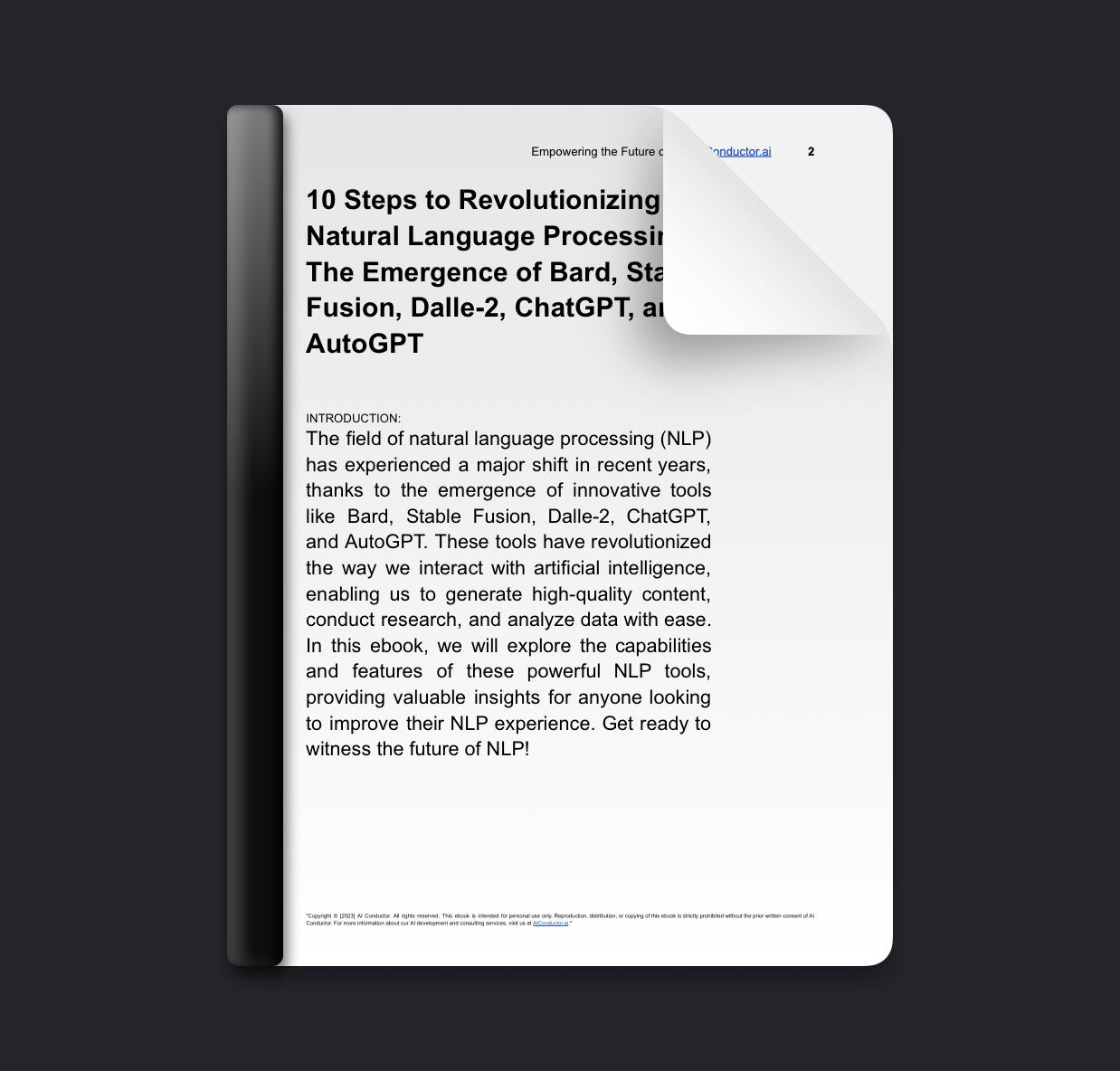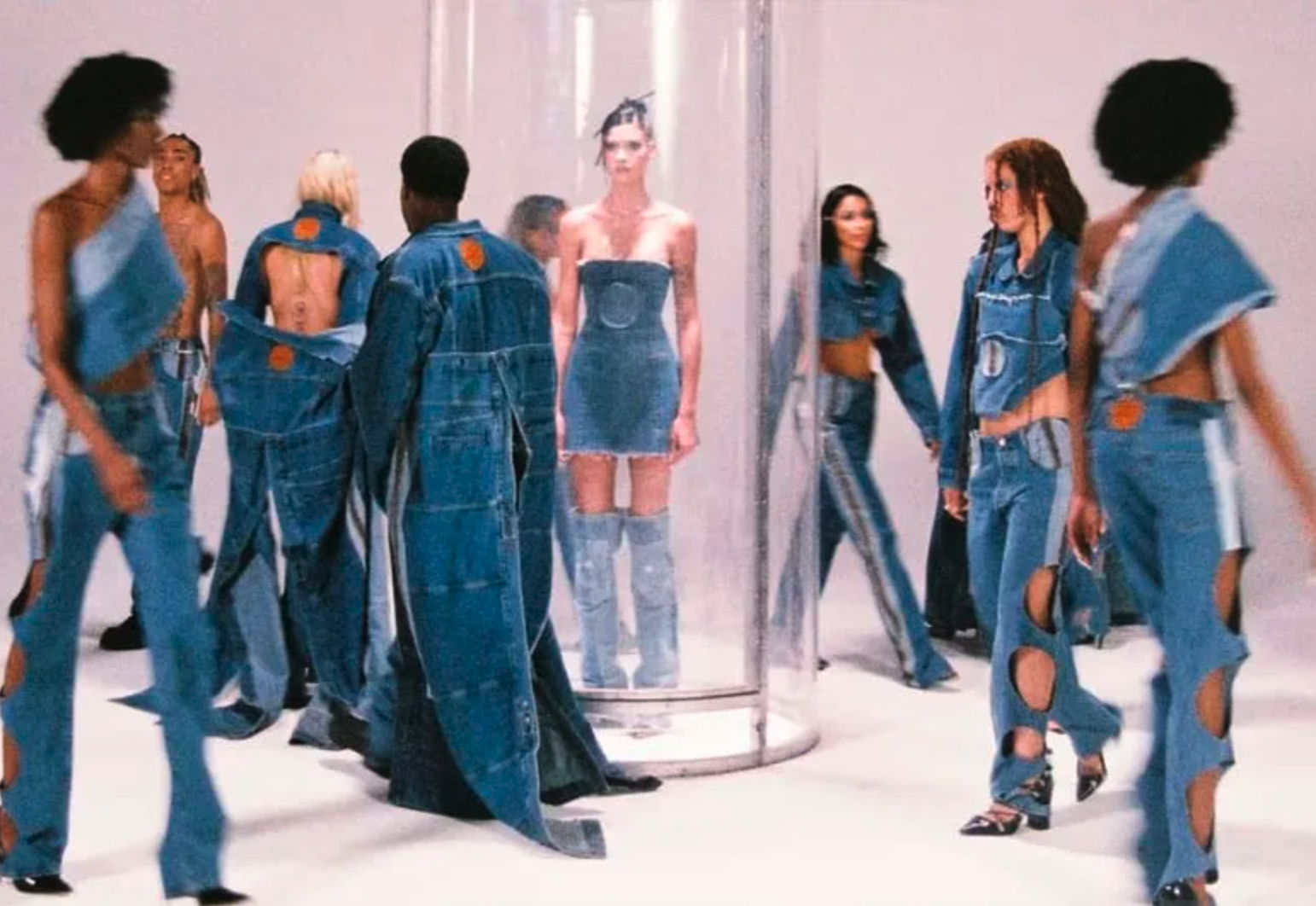We asked:
What are the potential consequences of using AI models to promote diversity and inclusion in the fashion industry?
The Gist:
Levi's recently announced the use of AI models to create more diverse and inclusive ad campaigns. However, this approach fails to take into account the nuances of identity, culture, and lived experience. By relying solely on AI models, Levi's misses the opportunity to build meaningful connections with their target audiences and to create truly diverse and inclusive campaigns.

Decoded:
Using Artificial Intelligence (AI) models for art can create opportunities for artists, but it can also cause irreparable damage. This is especially true for a longstanding brand such as Levi Strauss & Co., which recently deployed AI models as part of a brand-wide revamp that promises to be “the most comprehensive rebrand in the 170-year history of the company.”
On the surface, using AI models seems like a great way to bring a tech-forward feel to a company’s branding. This technology can create computer-generated images, videos, and audio that can easily be adapted for different purposes. However, like all technology, if used incorrectly, this can create unintended consequences and lay the groundwork for potentially damaging actions.
The company has implemented AI models in a way that misses the mark when it comes to diversity, equity and inclusion (DEI). In a move that was meant to revolutionize the brand, Levi Strauss deployed AI models without considering unintended biases or taking a mindful approach to creating content that would appeal to a wide range of demographics. In doing so, the brand prioritized perfect visuals that would be generated quickly over taking the time to understand the nuances of what every customer wants to see.
By using AI models in a way that doesn’t prioritize DEI, Levi Strauss is missing an opportunity to engage with potential customers. Instead, the company’s message may be seen as tone-deaf or lacking an understanding of its target audience. To reach a larger and more diverse population, it is essential that brands create content that catches attention and passes the “DEI smell test” and use people to help create authentic engagement.
The way Levi Strauss is using AI is also a miss because it’s not taking into account real people. While AI does have its advantages, real people are still needed to bring a brand to life. If a brand doesn’t prioritize hiring diverse talent - from those at the higher levels to those in the trenches - then it may still struggle to relate to customers in a meaningful way.
At the end of the day, AI models should be used to supplement the creative process, not replace it. Brands should consider using AI models to help with time-saving tasks and inputs that have been proven to be successful. AI models should also be used to increase diversity by having AI models fill in the gap in areas where empirically backed experiences are needed
On the surface, using AI models seems like a great way to bring a tech-forward feel to a company’s branding. This technology can create computer-generated images, videos, and audio that can easily be adapted for different purposes. However, like all technology, if used incorrectly, this can create unintended consequences and lay the groundwork for potentially damaging actions.
The company has implemented AI models in a way that misses the mark when it comes to diversity, equity and inclusion (DEI). In a move that was meant to revolutionize the brand, Levi Strauss deployed AI models without considering unintended biases or taking a mindful approach to creating content that would appeal to a wide range of demographics. In doing so, the brand prioritized perfect visuals that would be generated quickly over taking the time to understand the nuances of what every customer wants to see.
By using AI models in a way that doesn’t prioritize DEI, Levi Strauss is missing an opportunity to engage with potential customers. Instead, the company’s message may be seen as tone-deaf or lacking an understanding of its target audience. To reach a larger and more diverse population, it is essential that brands create content that catches attention and passes the “DEI smell test” and use people to help create authentic engagement.
The way Levi Strauss is using AI is also a miss because it’s not taking into account real people. While AI does have its advantages, real people are still needed to bring a brand to life. If a brand doesn’t prioritize hiring diverse talent - from those at the higher levels to those in the trenches - then it may still struggle to relate to customers in a meaningful way.
At the end of the day, AI models should be used to supplement the creative process, not replace it. Brands should consider using AI models to help with time-saving tasks and inputs that have been proven to be successful. AI models should also be used to increase diversity by having AI models fill in the gap in areas where empirically backed experiences are needed

Essential Insights:
Three-Word Highlights
Diversity, AI, Inclusion
Winners & Losers:
Pros
1. AI models can help Levi’s to better understand customer preferences and tailor their products accordingly.
2. AI models can help Levi’s to automate mundane tasks, freeing up resources to focus on more important initiatives.
3. AI models can help Levi’s to make more informed decisions, leading to improved efficiency.
Cons
1. AI models can be costly to implement and maintain.
2. AI models can be biased if not properly trained, leading to inaccurate results.
3. AI models can overlook important aspects of customer experience, such as personal preferences and cultural context.
Bottom Line:
The bottom line is that Levi's use of AI models to target customers misses the mark when it comes to inclusivity and diversity. Companies should strive to create marketing campaigns that are more representative of their customers, and that are tailored to their needs and interests.
Ref.
Join The Conversation!





